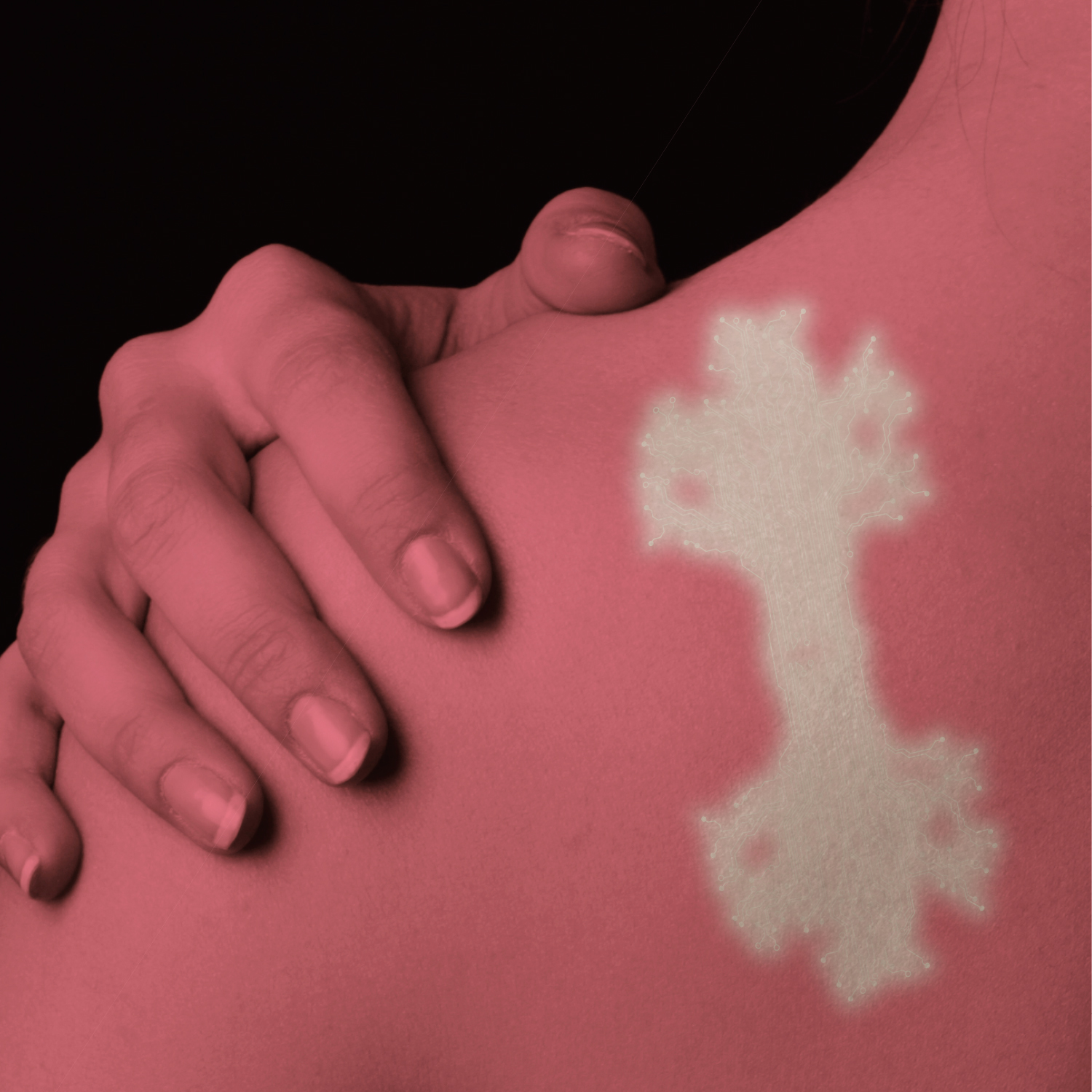Biology is soft, curvilinear and transient; modern silicon technology is rigid, planar and everlasting. Electronic systems that eliminate this profound mismatch in properties will lead to new types of devices, capable of integrating non-invasively with the body, providing function over some useful period of time, and then dissolving into surrounding biofluids.
Recent work establishes a complete set of materials, mechanics designs and manufacturing approaches that enable these features in a class of electronics with performance comparable to that of conventional wafer-based technologies. This talk summarizes the key ideas through demonstrations in skin-mounted ‘epidermal’ monitors, advanced surgical tools and bioresorbable electronic bacteriocides.
Reception and registration at 5pm, presentation begins at 6pm. Discounted parking will be made available to the first 50 attendees at the 222 E. Huron St. garage; ask for a ticket at the registration desk upon arrival to the program.
John Rogers –
Professor John A. Rogers obtained BA and BS degrees in chemistry and in physics from the University of Texas, Austin, in 1989. From MIT, he received SM degrees in physics and in chemistry in 1992 and the PhD degree in physical chemistry in 1995. From 1995 to 1997, Rogers was a Junior Fellow in the Harvard University Society of Fellows. He joined Bell Laboratories as a Member of Technical Staff in the Condensed Matter Physics Research Department in 1997, and served as Director of this department from the end of 2000 to 2002. He is currently Swanlund Chair Professor at University of Illinois at Urbana/Champaign, with a primary appointment in the Department of Materials Science and Engineering. He is also Director of the Seitz Materials Research Laboratory.
Rogers’ research includes fundamental and applied aspects of materials and patterning techniques for unusual electronic and photonic devices, with an emphasis on bio-integrated and bio-inspired systems. He has published nearly 400 papers and is inventor on over 80 patents, more than 50 of which are licensed or in active use. Rogers is a Fellow of the IEEE, APS, MRS and AAAS, and he is a member of the National Academy of Engineering. His research has been recognized with many awards, including a MacArthur Fellowship in 2009, the Lemelson-MIT Prize in 2011 and the MRS Mid-Career Researcher Award in 2013.
Read more about Dr. Rogers’ research:
http://news.discovery.com/tech/gear-and-gadgets/ultrathin-device-detects-brain-signals-110811.htm
